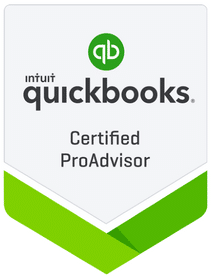- Patrick Roney
- (877) 503-8607
Follow Us :
Follow Us :
Proledge
August 20, 2010

You’re the business owner, but unless you company is large enough, you’re the CFO too. You might be the bookkeeper as well, but first and foremost, when it comes to financials, you’re the CFO. You might wear your CFO hat 5 minutes per month and your bookkeeper hat 5 hours per month, but those 5 CFO minutes are crucial. How can you make these 5 minutes count?
In larger companies, you have 3 layers of financial responsibility:
In smaller companies, the business owner can play the 3 roles. As the company grows, more functions get delegated, starting at the bottom of the food chain; the bookkeeper. However, the best business owners NEVER give up the CFO function. They may give up the title to someone else, but even if they bring in a CFO, they never give up that responsibility. Look at any successful company and you will see that the “Big Honcho” always knows inside out the key financial metrics of the business, where the financial risks and opportunities are and what the key levers are.
So, if the CEO of the larger companies constantly have their nose in their financials, why shouldn’t business owners of smaller companies be any different? The challenge is of course time and priorities. Small business owners wear too many hats and some balls have to drop.
Here are suggestions on the minimum of balls that you don’t want to drop:
Once you have this foundation, you can get fancier and get into budgeting, forecasting, refining processes, etc… but as long as you wear your CFO hat for a few minutes per month, you already have a big leg up against the competition.


Fill out the form below to sign up to our Blog Newsletter and we’ll drop you a line when new articles come up.
Bookkeepers.
Professional. Affordable.
ProLedge is a bookkeeping services firm.
Copyright © 2024 All rights reserved.